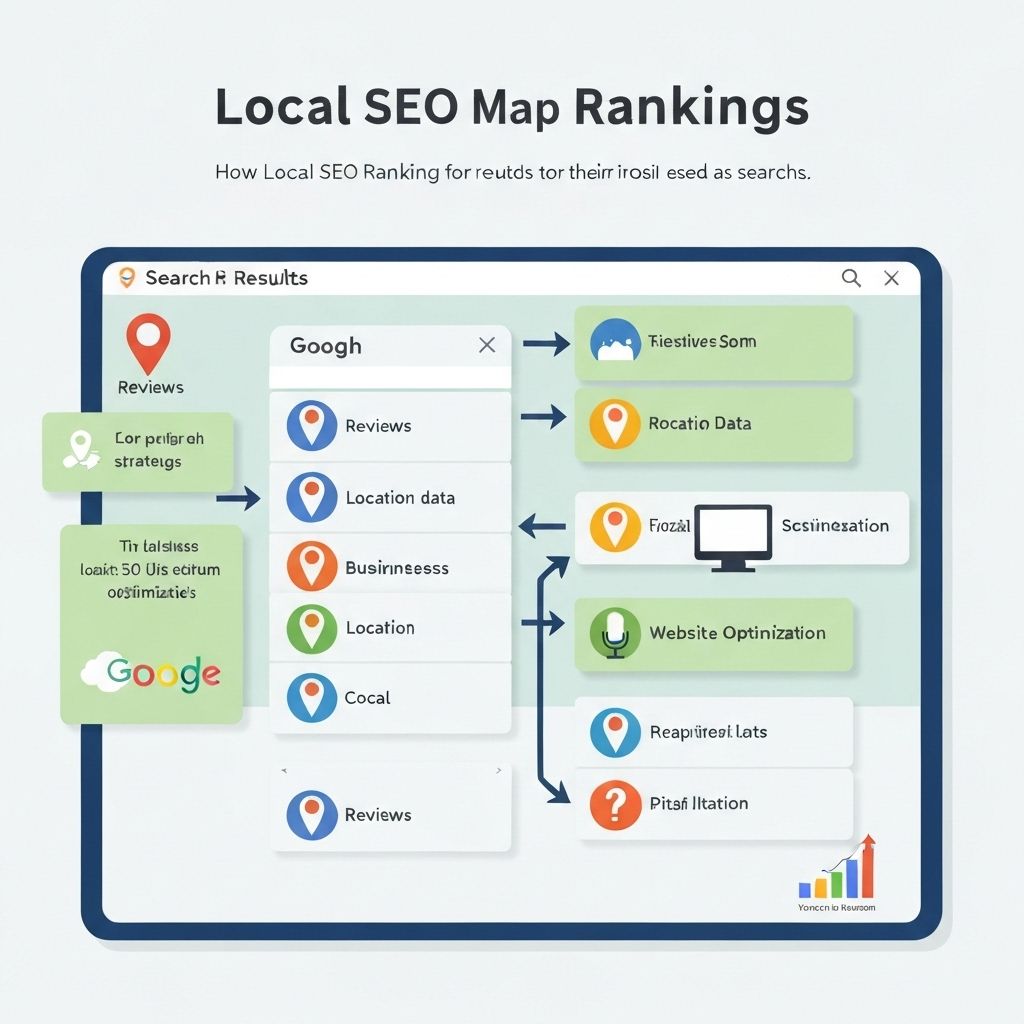The Complete Guide to Local SEO

Local SEO is essential for businesses that serve specific geographic areas. Whether you're a restaurant, law firm, or retail store, ranking well in local search results can significantly increase foot traffic and revenue. Here's your complete guide to local SEO success.
What is Local SEO?
Local SEO is the process of optimizing your online presence to attract more business from relevant local searches. These searches take place on Google and other search engines, often including location-specific terms or "near me" queries.
1. Optimize Your Google Business Profile
Your Google Business Profile (formerly Google My Business) is the foundation of local SEO. Claim and verify your listing, then optimize it with accurate information, high-quality photos, regular posts, and prompt responses to reviews.
2. Ensure NAP Consistency
Your Name, Address, and Phone number (NAP) should be consistent across all online platforms. Inconsistencies can confuse search engines and hurt your rankings.
3. Build Local Citations
Citations are mentions of your business on other websites, including directories, review sites, and local business associations. Focus on quality over quantity, prioritizing authoritative and relevant sites.
4. Optimize for "Near Me" Searches
More people are using "near me" searches to find local businesses. Ensure your website includes location-specific keywords and that your Google Business Profile is fully optimized.
5. Gather and Manage Reviews
Reviews are a critical ranking factor for local SEO. Encourage satisfied customers to leave reviews, respond to all reviews (positive and negative), and address any concerns promptly.
6. Create Location-Specific Content
Develop content that's relevant to your local area. Write about local events, news, and topics that matter to your community. This helps establish your local relevance.
7. Build Local Backlinks
Earn links from other local businesses, news outlets, and community organizations. Sponsor local events, participate in community activities, and create content that local sites want to link to.
8. Optimize for Mobile
Most local searches happen on mobile devices. Ensure your website is mobile-friendly, loads quickly, and makes it easy for users to contact you or get directions.
9. Use Local Schema Markup
Implement local business schema markup on your website to help search engines understand your business information and display it in rich results.
10. Track Your Local Rankings
Monitor your rankings for local keywords and your visibility in the local pack. Use tools like Google Search Console and local rank tracking software to measure your progress.
Common Local SEO Mistakes to Avoid
- Using a P.O. Box instead of a physical address
- Choosing the wrong business category
- Ignoring negative reviews
- Having duplicate listings
- Not optimizing for mobile
Conclusion
Local SEO is an ongoing process that requires consistent effort and attention. By implementing these strategies and maintaining your online presence, you can dominate local search results and attract more customers to your business.
Ready to Grow Your Business?
Let our experts help you implement these strategies and achieve measurable results.

